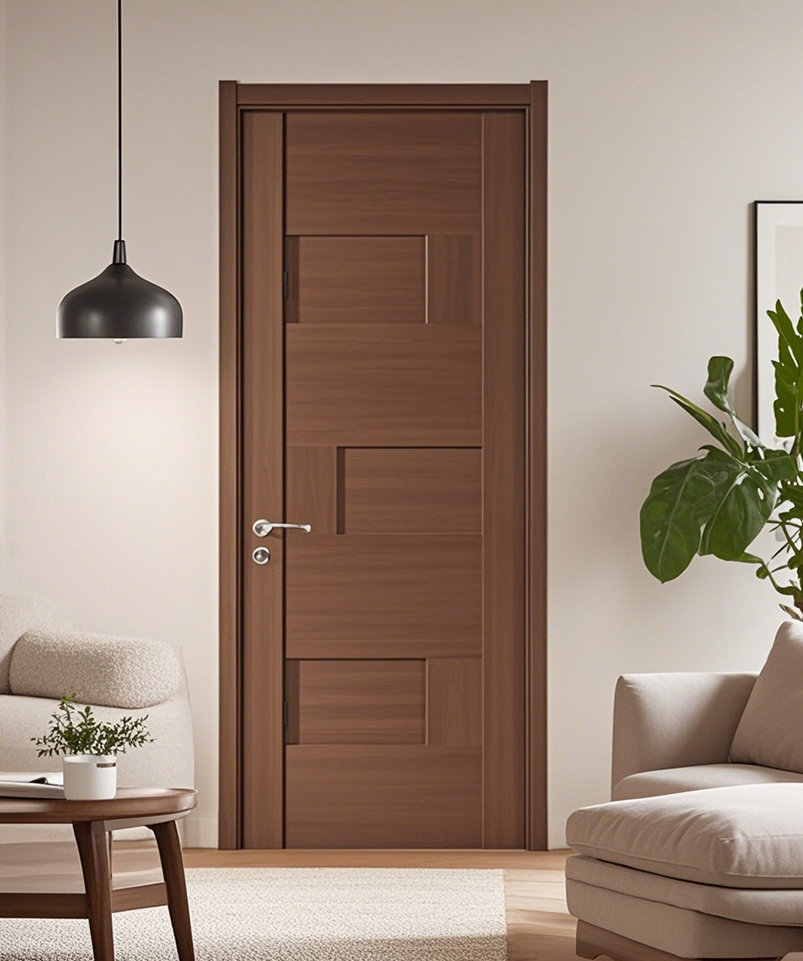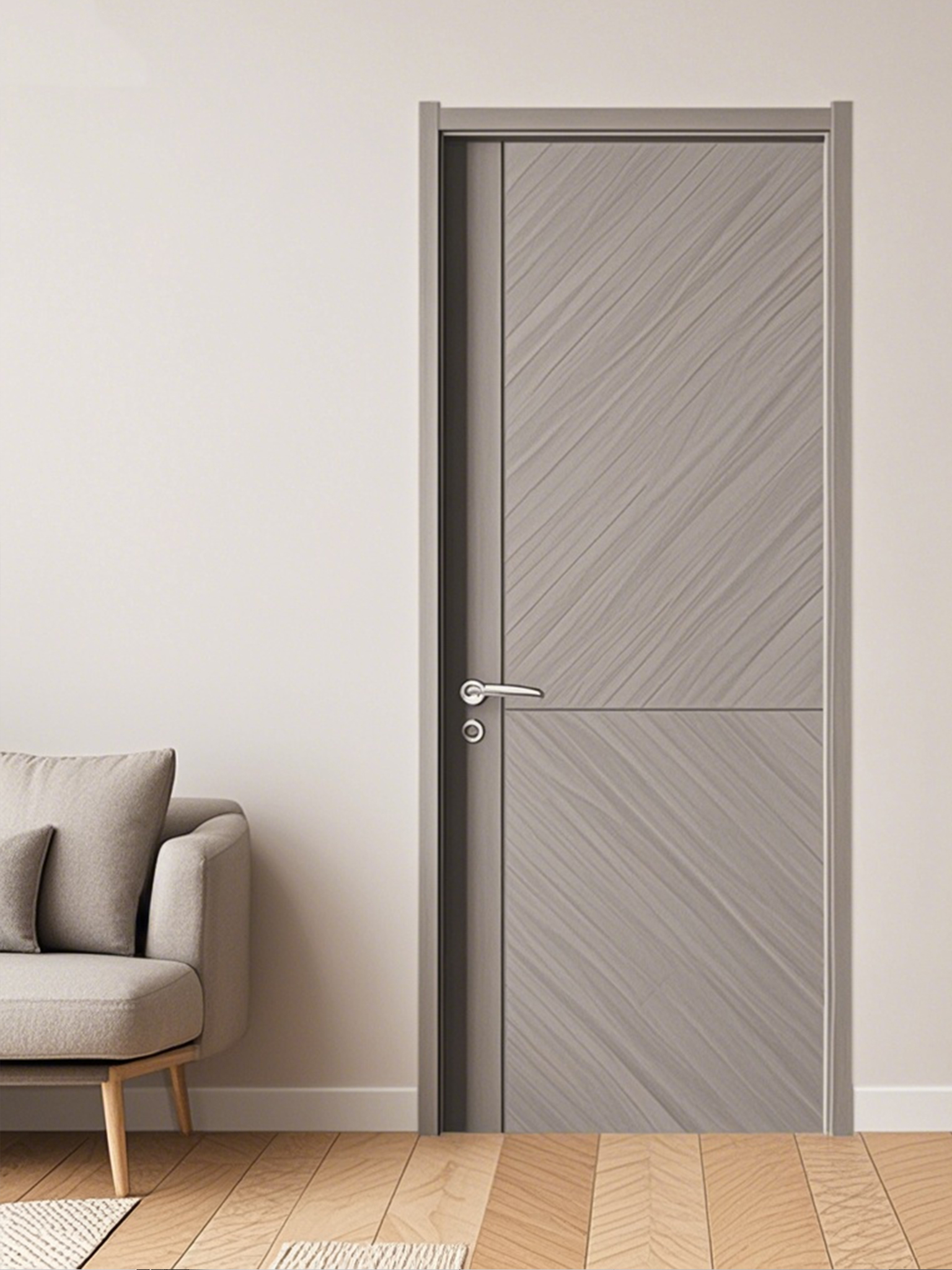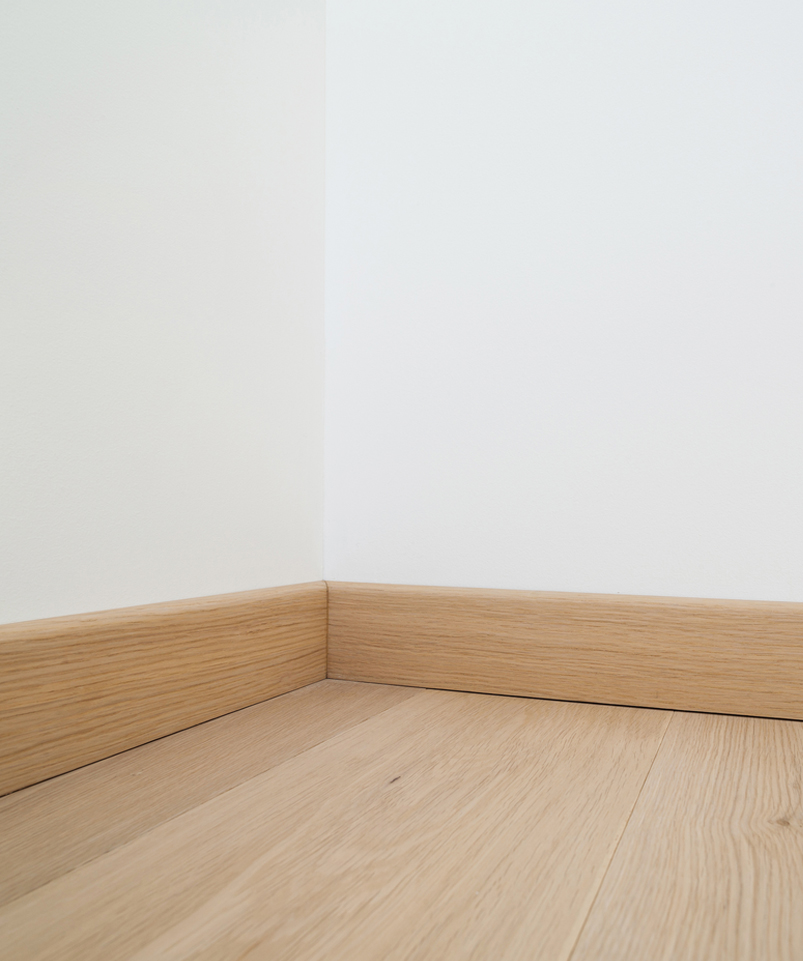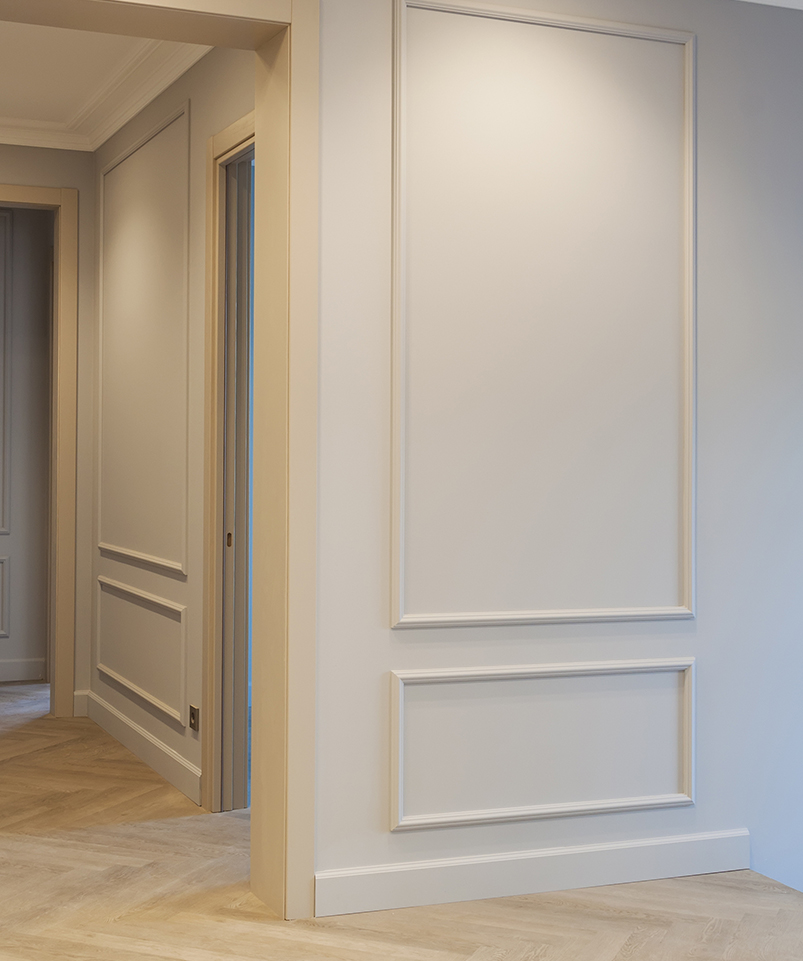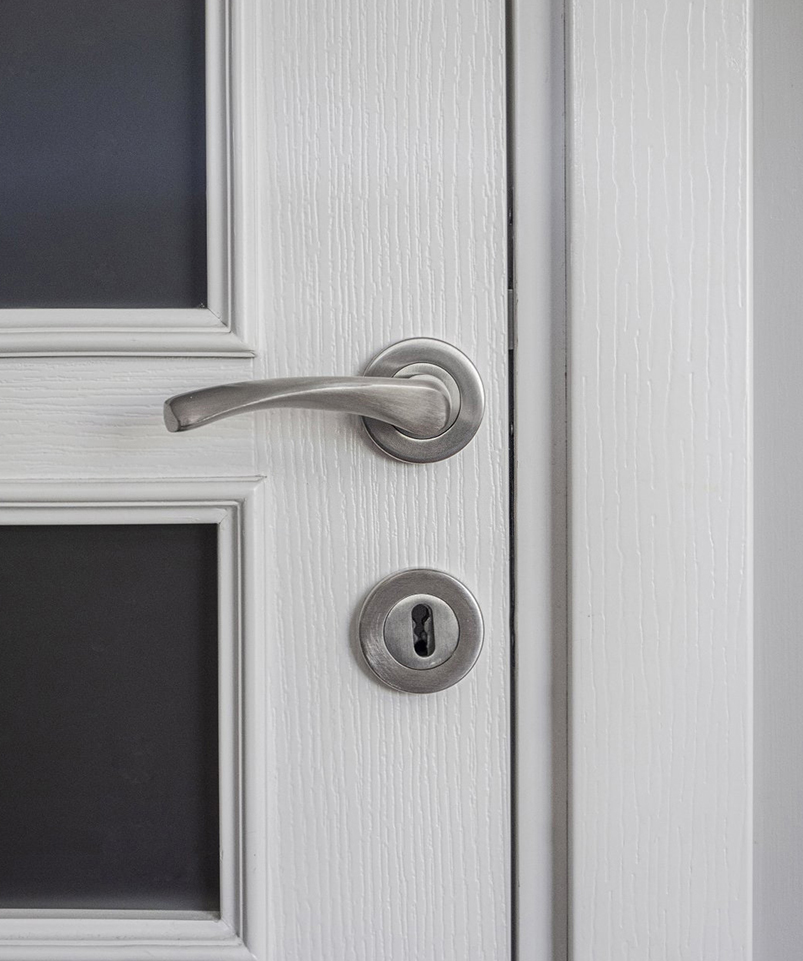White Primer Door Gains Traction as Cost-Effective, Custom-Ready Option in Global Market
In an era where customization and affordability drive purchasing decisions in the construction and renovation industries, the White Primer Door has rapidly emerged as a preferred choice among builders, contractors, and homeowners alike. With its unique blend of functionality and flexibility, the White Primer Door is steadily transforming from a basic necessity into a strategic component of interior design.
A significant selling point of the White Primer Door lies in its paint-ready surface. Unlike fully finished doors that limit design choices, the White Primer Door provides a clean, neutral base that is ready to accept any paint color or decorative treatment. This makes it particularly attractive to homeowners who want to personalize their interiors without paying premium customization fees. Interior designers frequently recommend the White Primer Door to clients who seek both creative freedom and cost efficiency.
Another major benefit is its ability to simplify and streamline the installation process. The White Primer Door typically comes pre-primed with a smooth, even coat, eliminating the need for multiple layers of base paint. This reduces labor costs and shortens project timelines, making it an ideal solution for contractors handling multiple units or large-scale renovations. For developers working under tight deadlines, the White Primer Door delivers time-saving advantages without sacrificing quality.
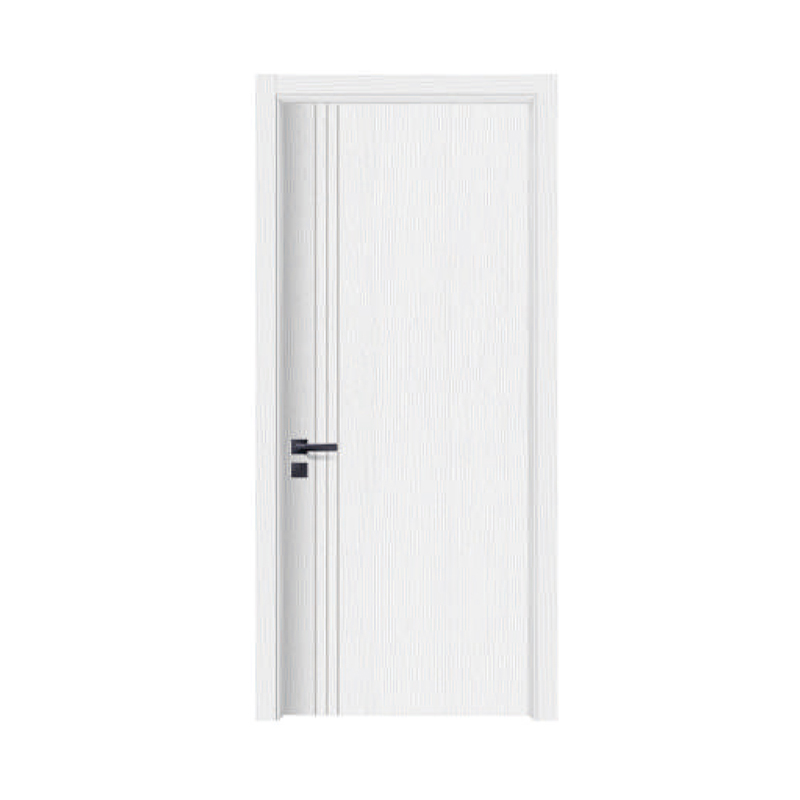
Durability is also a defining characteristic. Despite being a paint-grade door, many White Primer Door products are manufactured from high-density fiberboard (HDF) or engineered wood cores that provide excellent structural stability. These materials are resistant to warping, cracking, and shrinking—issues commonly encountered with traditional wood doors. This durability makes the White Primer Door suitable for both residential and commercial use, even in high-traffic areas.
In recent years, sustainability has become a top priority for buyers and manufacturers alike. The White Primer Door answers this call with eco-conscious features. Many are produced using low-VOC primers and responsibly sourced wood composites, aligning with green building certifications such as LEED. These attributes make the White Primer Door a smart option for environmentally conscious projects without inflating the budget.
Affordability remains one of its strongest selling points. Compared to pre-finished or solid wood doors, the White Primer Door is significantly less expensive, offering a high-value alternative that fits a wide range of budgets. This cost advantage allows property managers and homeowners to invest in quality doors across entire buildings or renovation projects while reserving funds for other design elements like hardware, flooring, or lighting.
Retailers and online distributors have also noted an increase in DIY interest surrounding the White Primer Door. With the rise of home improvement content on social media, more consumers are opting to paint and personalize their own doors. The White Primer Door serves as a blank canvas, enabling novice and seasoned DIYers to create unique finishes that match their personal style—whether that be a modern monochrome look, a bold accent color, or a faux wood grain effect.
Another emerging trend is the use of White Primer Door models in modular and prefab housing. In these fast-growing sectors, the need for lightweight, adaptable, and affordable materials is paramount. The White Primer Door meets these requirements while also offering the flexibility to suit a wide range of interior aesthetics. Its standardized sizing and ease of transport further make it a practical choice for mass production and distribution.
In the commercial sector, architects and developers are increasingly turning to the White Primer Door for office buildings, hotels, and educational facilities. The door’s ability to be quickly painted to match brand colors or thematic palettes gives businesses a customizable yet economical way to maintain cohesive design language across properties.
As market demand continues to evolve, manufacturers are responding by expanding the range of White Primer Door styles. From paneled and shaker designs to minimalist flush options, customers can now choose from a broad catalog that balances form and function. Enhanced primers and surface technologies are also improving the adhesion of paints and finishes, boosting the door’s overall longevity and aesthetic appeal.

 English
English русский
русский عربى
عربى